
Sensory Cue Integration 牛津感官神经系统整合
¥ 30 0.2折 ¥ 1366 全新
仅1件
作者Julia Trommershauser
出版社Oxford University Press
ISBN9780195387247
出版时间2011
版次1
装帧软精装
定价1366元
货号978-0195387247
上书时间2024-10-30
- 店主推荐
- 最新上架
商品详情
- 品相描述:全新
- 商品描述
-
Sensory Cue Integration (Computational Neuroscience)
by Julia Trommershauser (Editor)
Buy Price: $261.47 (人民币¥1366.00)
Product Details
Series: Computational Neuroscience
Hardcover: 464 pages
Publisher: Oxford University Press; 1 edition (September 14, 2011)
Language: English
ISBN-10: 0195387244
ISBN-13: 978-0195387247
Product Dimensions: 28 x 20 x 2.6 cm
Shipping Weight: 1.3 kg
This book provides an introduction into both computational models and experimental paradigms that are concerned with sensory cue integration both within and between sensory modalities. Importantly, across behavioral, electrophysiological and theoretical approaches, Bayesian statistics is emerging as a common language in which cue-combination problems can be expressed. This book focuses on the emerging probabilistic way of thinking about these problems. These approaches derive from the realization that all our sensors are noisy and moreover are often affected by ambiguity. For example, mechanoreceptor outputs are variable and they cannot distinguish if a perceived force is caused by the weight of an object or by force we are producing ourselves. The computational approaches described in this book aim at formalizing the uncertainty of cues. They describe cue combination as the nervous system's attempt to minimize uncertainty in its estimates and to choose successful actions. Some computational approaches described in the chapters of this book are concerned with the application of such statistical ideas to real-world cue-combination problems, such as shape and depth perception. Other parts of the book ask how uncertainty may be represented in the nervous system and used for cue combination.
The broadening scope of probabilistic approaches to cue combination is highlighted in the breadth of topics covered in this book: the chapters summarize and discuss computational approaches and behavioral evidence aimed at understanding the combination of visual, auditory, proprioceptive, and haptic cues. Some chapters address the combination of cues within a single sensory modality while others address the combination across sensory modalities. Neural implementation, behavior, and theory are considered. The unifying aspect of this book is the focus on the uncertainty intrinsic to sensory cues and the underlying question of how the nervous system deals with this uncertainty.
The book is intended as a reference text for graduate students and professionals in perceptual psychology, computational neuroscience, cognitive neuroscience and sensory neurophysiology.
About the Author
Julia Trommershäuser spent three years as a postdoctoral researcher at New York University. From 2004-2009, she was a researcher in the Department of Psychology at Giessen University, Germany, funded by an Emmy-Noether Research Award by the German Science Foundation (DFG). She currently works at the Center for Neural Science at New York University on questions in the field of human decision-making under risk and uncertainty, trying to understand how the brain makes use of sensory processing, feedback and prior knowledge.
Konrad Körding is an Assistant Professor at Northwestern University. His lab focuses on the statistical processing of information in the sensorimotor system. He conducts behavioral experiments in humans to ask how people deal with uncertainty and he collaborates with physiologists to ask how the brain does it.
Michael Landy is a Full Professor of Psychology and Neural Science at New York University. His research concerns visual and visuomotor behavior, often comparing human performance to that of a statistically ideal participant. He works in a number of different research areas including spatial visual coding (e.g., texture segmentation), depth perception (including depth cue integration) and movement planning under risk.
正版全新
相关推荐
-

Cue for Treason
全新宜春
¥ 165.00
-

SENSORY MARKETING
九五品北京
¥ 120.00
-
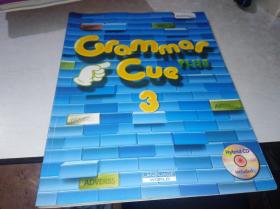
Grammar Cue PLUS 3
九品佳木斯
¥ 50.00
-

Reading Cue Plus 1
八五品衡水
¥ 25.00
-

right on cue John Parrott
八品上海
¥ 80.00
-

danger on cue〔外文原版〕
七五品烟台
¥ 20.00
-
![Sensory Marketing[感官营销]](https://www0.kfzimg.com/sw/kfz-cos/kfzimg/ccfcbfcf/bde528a316d2576f_s.jpg)
Sensory Marketing[感官营销]
九品上海
¥ 120.00
-
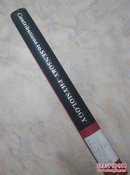
Contributions to SENSORY PHYSIOLGY
九品北京
¥ 168.00
-

Picture Cue Cards for Orailanguage Practice
八五品平顶山
¥ 32.00
-

高野寛 CUE 日版 二手
九品广州
¥ 17.00
— 没有更多了 —







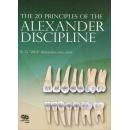



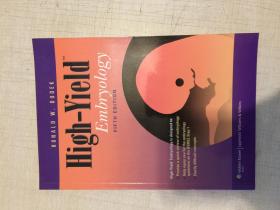


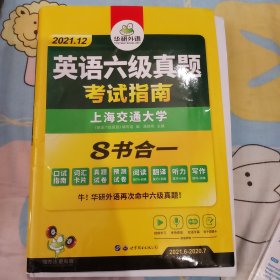


以下为对购买帮助不大的评价